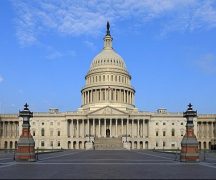The insurrection was a mystery until I examined studies exploring how and why individuals create a political identity and express that when in company with others of the same persuasion. It’s common knowledge to liberals that former president Trump rallied followers to protest false claims that the 2020 election was stolen. It’s less known that the majority of the 400 plus invaders of the capitol had no known membership in far-right groups like QAnon and did not plan the aggression.
Political Science Professor Robert Pape found that of the 377 of those arrested, 86% were not known extremists. They were “business owners, doctors, attorneys and techies.” Reuters data showed that 51% of white Republicans with college degrees believe the 2020 election was stolen. The difference between votes for Biden vs. Trump is 7 million when a total of 159 million voted. That should have been a large enough difference to quiet the crowds.
But the crowds got louder. Scholar Sarah Neville credits Trump’s communication style: “Don’t get me wrong. I find (his) ignorance, racism and sexism repugnant. But he is a salesman to the core and boy, can he sell.”
How could “normal” people be so destructive? It’s likely because finding oneself in a large and angry crowd can make the violence contagious. When some invaded the Capitol, many became followers. Absent extremists, the Capitol may not have been breached.
What do we learn from January 6? We know that Trump is a serious threat to democracy, an authoritarian, anti-immigration, believing in rule by the few, attacks on our government, voting rights and the rule of law. He’s not going away. What can we do? Vote, get educated, get elected, get politically active, write essays and letters, subscribe to newspapers and magazines, print or digital. Support local schools and protect school boards. Watch state legislators carefully: absent public involvement in state and local government, the field is left to those who would undermine it.
Tom Klein
Bowling Green


